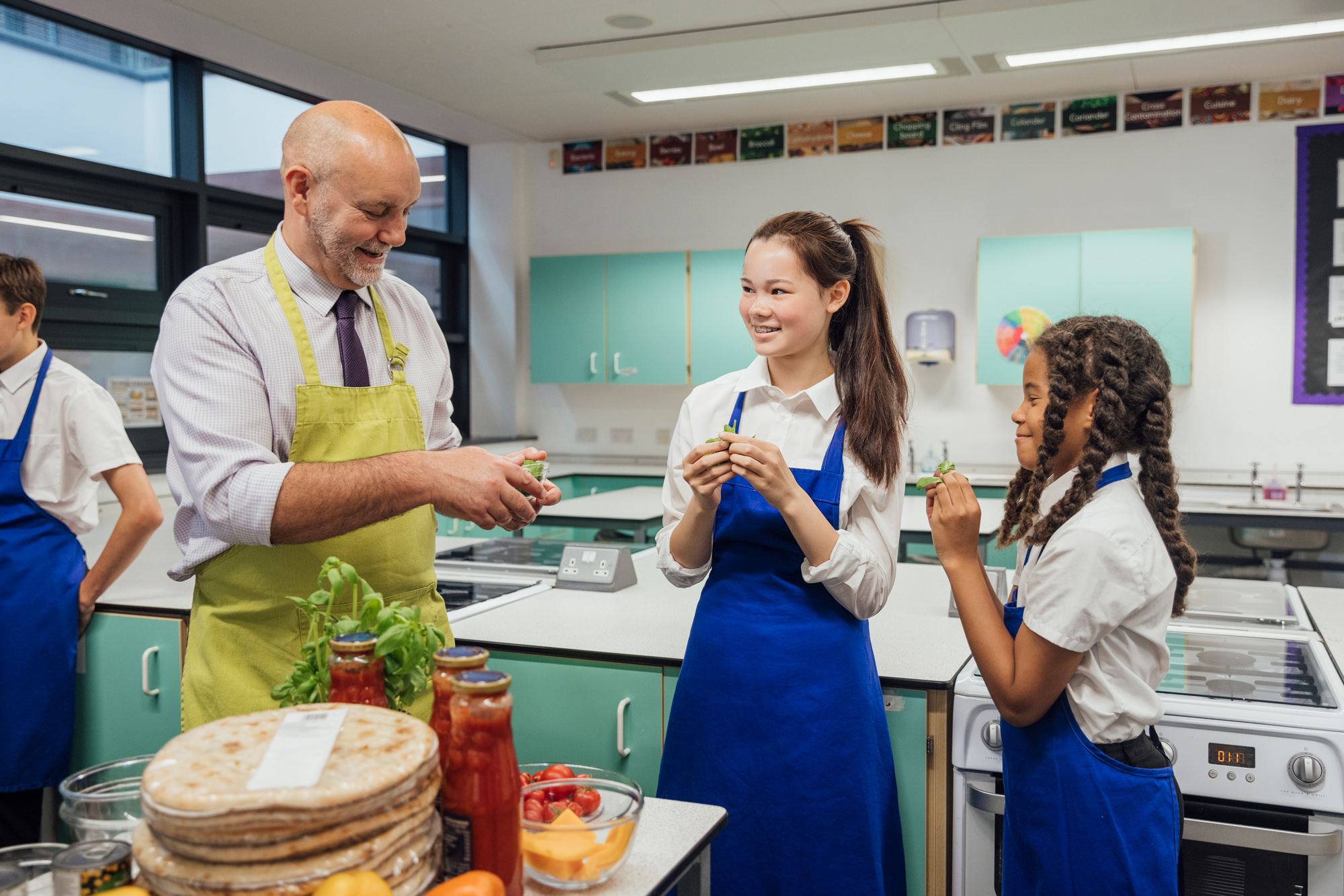Food Preservation Resources

Food Preservation Resources
Preserve food safely with trusted, research-based guidance.
Find reliable information on canning, freezing, and drying foods at home using methods tested for safety and quality. These resources are from the University of Wisconsin–Madison Division of Extension and other university Extension programs.
General Food Preservation
Guidance and Best Practices
University of Minnesota Extension’s mini modules on food preservation basics
Pressure Canning 101, Boiling Water Canning Method, Jam and Jelly Basics, and more
Food Preservation Resources – University of Missouri Extension
Offering reliable, research-based information on safe food preservation methods, including canning, freezing, and drying. It features step-by-step guides, instructional videos, recipes, and up-to-date recommendations aligned with national standards.
National Center for Home Food Preservation
The National Center for Home Food Preservation offers the latest, research-based information on safe food preservation practices. Find tested recipes, current guidelines, and reliable methods to preserve your food safely at home.
Canning
Learn how to preserve food safely using boiling water canning and pressure canning methods.
Guidance and Best Practices
Canning Vegetables Safely (B1159)
Canning Fruits Safely (B0430)
Canning Salsa Safely (B3570)
Recipes
Tomatoes Tart & Tasty (B2605) – Revised 2021
Picking and Fermenting
Recipes
Homemade Pickles and Relishes (B2267)
Make your Own Sauerkraut (B2087)
Yogurt Made Simple (Oregon State University)
Making Table Wine at Home (University of California-Davis)
Making Homemade Cheese (New Mexico State University)
Kimchee (kimchi)
This is not a research-tested recipe but should be safe as long as room-temperature holding is limited to less than 12 hours and the product is subsequently stored in the refrigerator for up to 2 weeks. This product can not be safely canned.
Making Jam & Jelly
Guidance and Best Practices
Recipes
Food Safety
Sign up for food product recalls and food safety information for consumers
Contact the AnswerLine
AnswerLine is a free, research-based helpline staffed by Extension experts, offering Wisconsin residents trusted advice on food preservation, food safety, and other home-related topics.
Phone: 1-866-540-4636
Email: answer@iastate.edu
Hours: Monday–Friday, 9:00 a.m.–12:00 p.m. & 1:00–4:00 p.m. CST
Closed on holidays.




